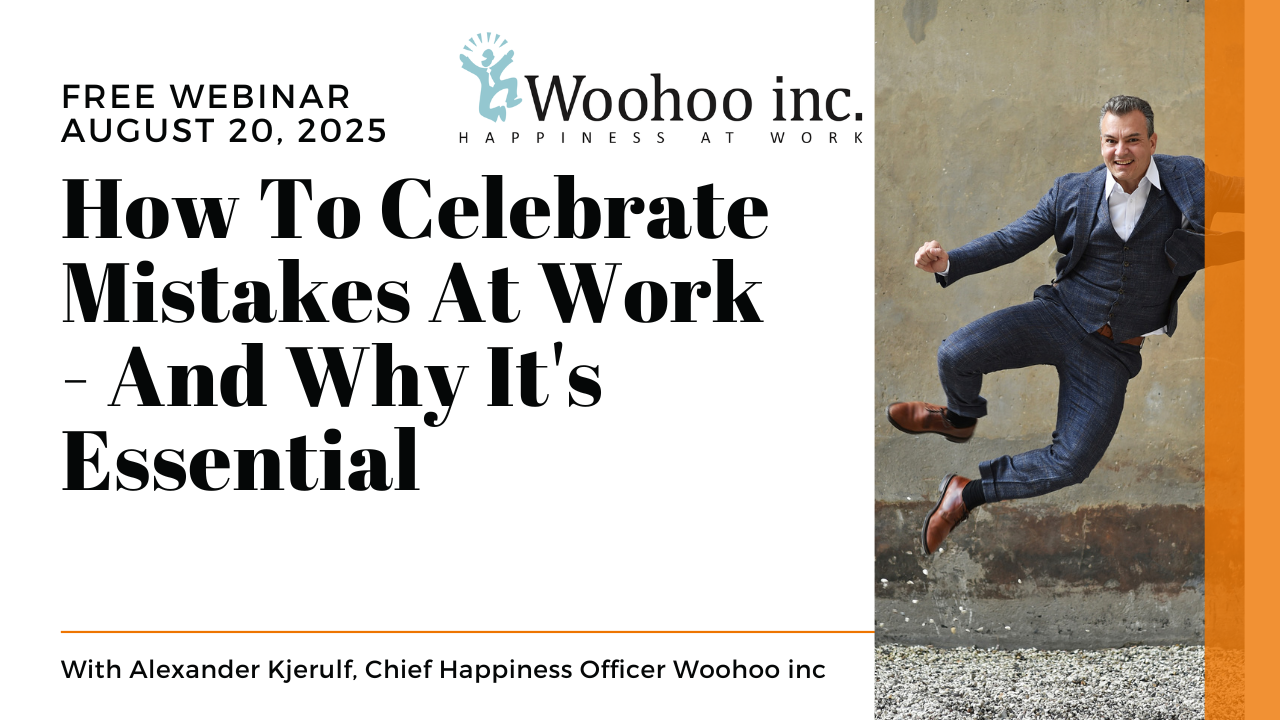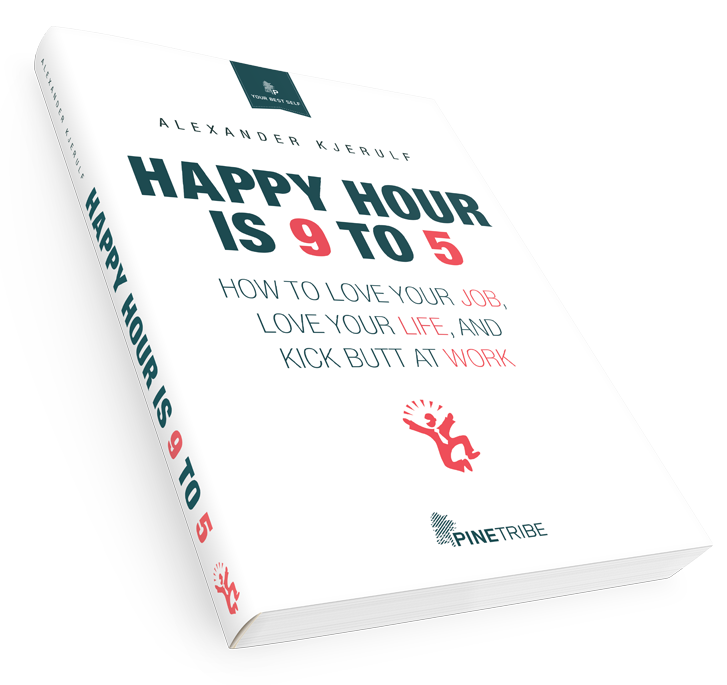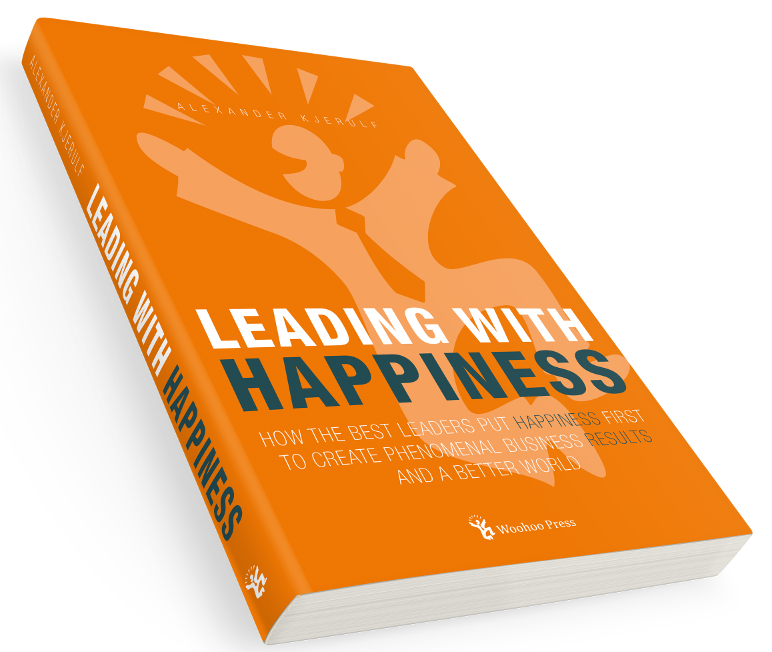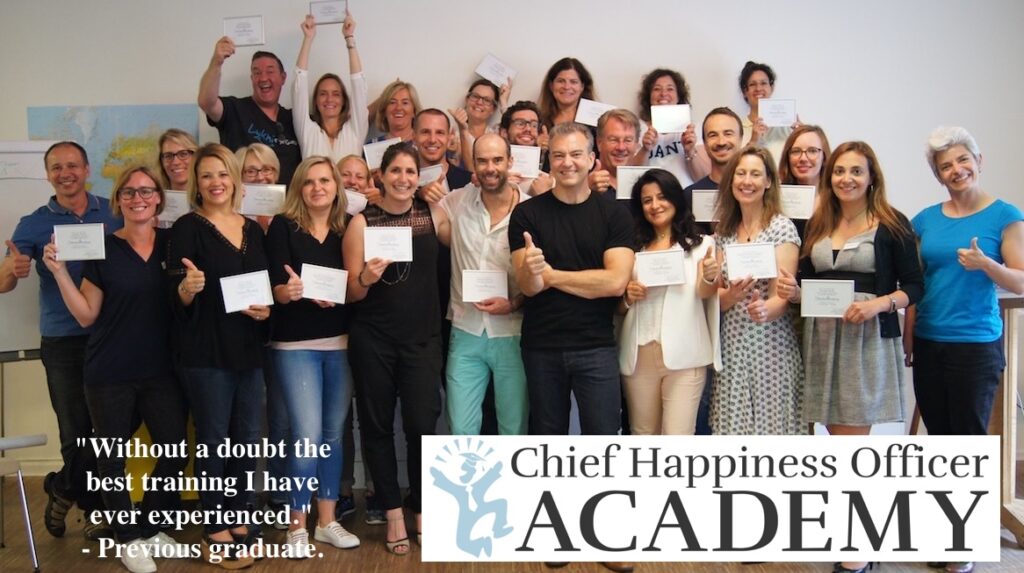Money will not make you happy, unless you’re very poor, in which case a little money goes a long way. And yet individuals and societies seem to regard increased spending as the only reliable measure of success, and the main goal of most governments is to achieve an economic growth rate that beats out that of comparable countries. In Happiness: Lessons From a New Science economist Richar Layard argues that this is a totally wrong approach, which will not improve people’s lives. As an example consider indonesia where the average annual income is less than 1/10 of that of the US – but where people are just as happy.
Layard draws much inspiration from the philosopher Jeremy Bentham who had it right as far back as the 1800’s when he said that “The greatest happiness of the greatest number is the foundation of morals and legislation”. The goal of the individual is to be happy, this has been known since Aristotle who said that whatever else we desire, we want it because we expect it to make us happier. Therefore happiness is the underlying “why” of all human activity – including constructing and governing societies.
So what can a society do to make its people happier? Layard mentions the 7 factors that have been shown to have the greatest influence on people’s happiness:
* family relationships
* financial situation
* work
* community and friends
* health
* personal freedom
* personal values
It’s interesting to note, that an economic policy that seeks to encourage people to work more, eg. lowering taxes or increasing the mobility of the work force, will in fact decrease people’s situation in several of these areas and thus make people less happy.
One country has in fact acted on this: In Bhutan, a tiny nation in the Himalayas, King Jigme Singye Wangchuck decreed that “Gross national happiness is more important than gross national product [because] happiness takes precedence over economic prosperity in our national development process.” I feel quite sure that more countries will come to make similar decisions. Western materialist culture has made us happy over the last few decades, but constantly increasing consumerism has probably taken us as far as it possibly can happiness-wise. We will not be happier because we can buy more or bigger cars, TV’s and houses. More time and an increased ability to enjoy time with our friends, families and communities is a whole different matter, and this is where society needs to focus.
Layard’s is the most cogent and readable book on happiness on a national and global scale, and seeing as Layard is an economist rather than a psychologist, most of it is based on hard-core numbers and statistics. Layard’s main point is that happiness can be objectively quantified in individuals and in socities and can thus be used as a measure of success. I wish every political leader would read it – I think I’ll send our prime minister a copy :o)






